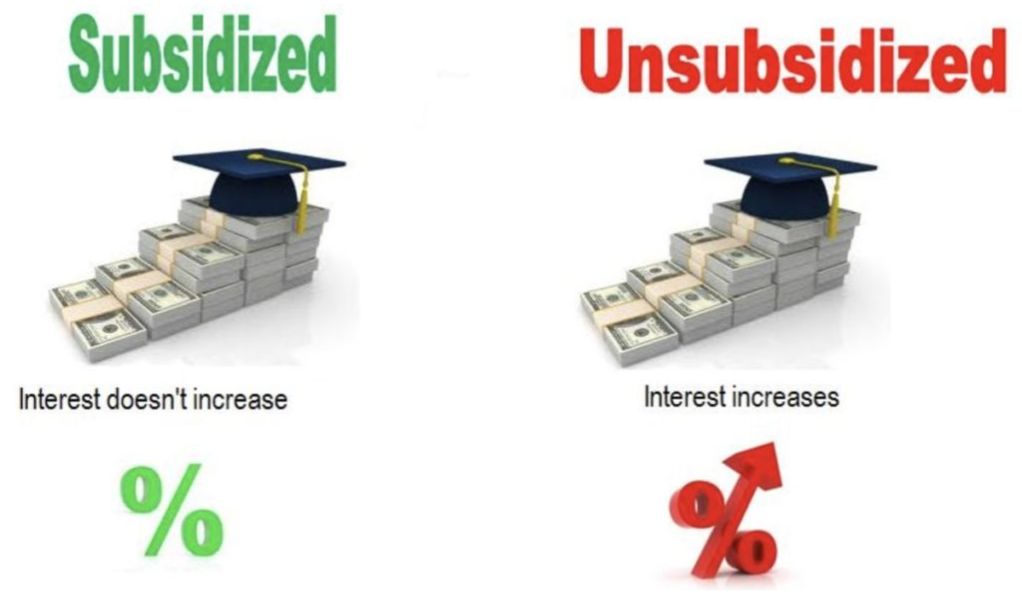Understanding the differences between subsidized and unsubsidized student loans is crucial for students and their families as they plan for higher education. Both types of loans offer financial assistance, but they have distinct features and repayment requirements. This article aims to provide a breakdown of the benefits, eligibility criteria, key features, and repayment considerations associated with subsidized and unsubsidized student loans.

Subsidized Student Loans: A Breakdown of the Benefits and Eligibility Criteria
Subsidized student loans are a type of federal loan offered to undergraduate students with demonstrated financial need. The key benefit of subsidized loans is that the government covers the interest that accrues during certain periods, such as when the borrower is in school at least half-time, during the grace period after graduation, and during any approved deferment periods. This means that students do not have to worry about interest accumulating while they are still pursuing their education or during other approved periods of non-repayment.
To be eligible for subsidized student loans, students need to complete the Free Application for Federal Student Aid (FAFSA) and demonstrate financial need based on their Expected Family Contribution (EFC). Additionally, subsidized loans have annual and aggregate loan limits depending on the student’s grade level and dependency status. These loans also have a fixed interest rate that is typically lower than the interest rates on unsubsidized loans. Overall, subsidized student loans provide a valuable opportunity for students with financial need to borrow money for their education without accumulating interest while they are in school.
Unsubsidized Student Loans: Key Features and Repayment Considerations
Unlike subsidized loans, unsubsidized student loans are available to both undergraduate and graduate students, regardless of financial need. The key feature of unsubsidized loans is that interest starts accruing from the day the loan is disbursed, including while the borrower is in school. This means that borrowers are responsible for paying the interest that accumulates on their loans at all times, even during their education. However, students have the option to defer interest payments while they are in school, allowing the interest to be added to the principal balance of the loan.
To obtain an unsubsidized loan, students also need to complete the FAFSA. The loan limits for unsubsidized loans are generally higher than those for subsidized loans, giving students the opportunity to borrow more money for their education. Unsubsidized loans have a fixed interest rate, typically higher than the rate on subsidized loans. While the interest starts to accrue immediately, students have the option to make interest payments while in school to reduce the overall cost of the loan. Understanding the repayment considerations and interest implications of unsubsidized loans is crucial for borrowers to effectively plan their financial responsibilities after graduation.
In conclusion, subsidized and unsubsidized student loans offer different benefits and come with distinct eligibility criteria and repayment considerations. Subsidized loans are available to undergraduate students with financial need and have the advantage of the government covering the interest during certain periods. On the other hand, unsubsidized loans are available to both undergraduate and graduate students and accrue interest from the day of disbursement. While subsidized loans are generally more favorable due to the interest subsidy, both types of loans provide valuable financial assistance for students pursuing higher education. It is important for students and their families to carefully evaluate their financial needs and repayment capabilities before deciding which type of loan is the most suitable for them.
Ainu Token aims to offer impartial and trustworthy information on cryptocurrency, finance, trading, and shares. However, we don't provide financial advice and recommend users to conduct their own studies and thorough checks.



Comments (No)